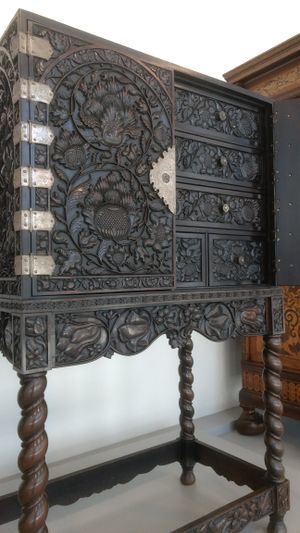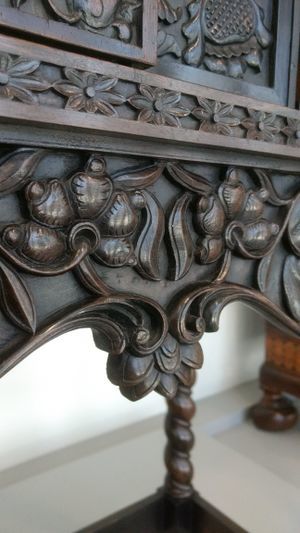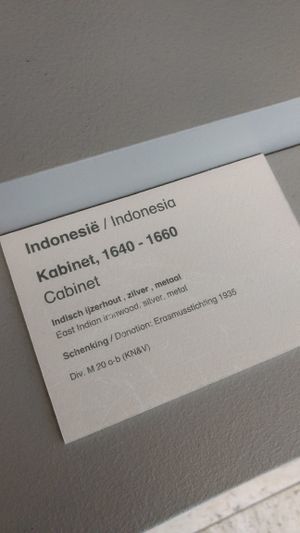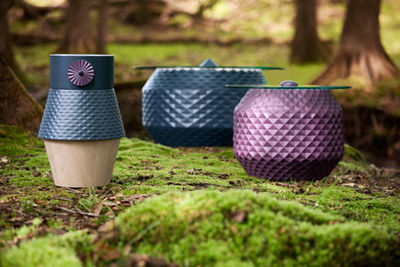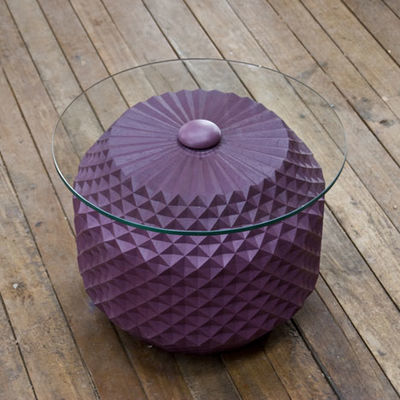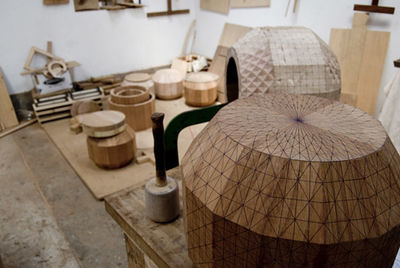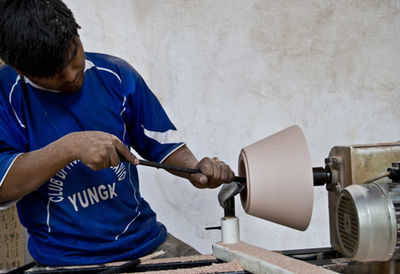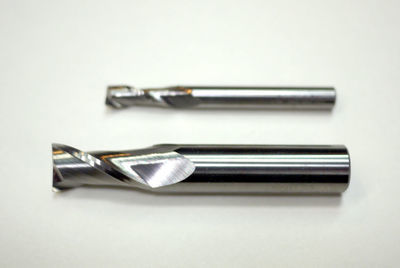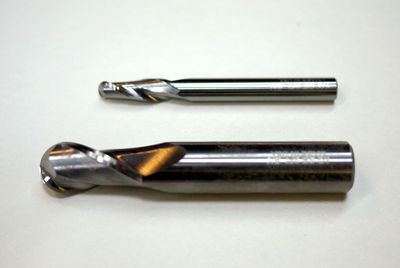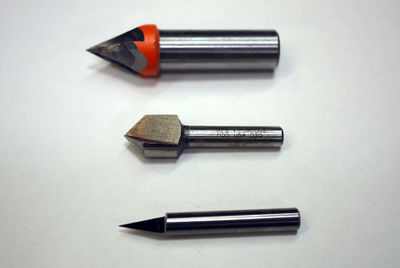User:Idgie
Contents
Worked chosen from Boijmans van Beuningen collection
Wood carving is one of the oldest techniques of humankind, used both to create utilitarian objects and more decorative or symbolic figures. Throughout the last centuries, beautifully intricate patterns have been carved into cabinets, tables, beds and other pieces of wooden furniture. But because it is such a difficult and time-consuming craft, the objects created are often expensive and out of reach for most consumers.
My project is an attempt to adapt the wood carving technique to new industrial machinery - more specifically CNC milling - and also to develop a contemporary style of carving, creating designed objects that combine the best of craft and technology.
Contemporary Projects used as reference
PRE-HISTORIC ALIENS BY GLIMPT
Swedish designers Mattias Rask and Tor Palm of Glimpt traveled to the village of Yungay in Peru to research the techniques used by woodworkers at a workshop run by a voluntary organisation, Artesanos Don Bosco. They designed a range of contemporary tables that make use of the facilities provided to artisans, who are taught furniture-making skills to encourage them to stay and work locally, rather than moving to the cities. For me it was a strong reference of a contemporary style of carving, and also a very tangible way of joining craft and design.
Studying the craft
I wanted to understand better how hand carving was done and the different styles developed through the last centuries, since I believed the craftsmanship was a good place for looking for inspiration when creating my own pattern. I borrowed two books, one about techniques for carving in different sort of materials and one specifically about wood carving.
Re-interpretation
Both the box and the lid were sculpted from solid pieces of oak. When in real production I would, however, use a wood bending technique [1] to make the walls of the bow, since this creates a way more strong structure than carving from a solid block. Once I had the design ready I wanted to be able to achieve very sharp lines in the patterns, so I consulted with the digital station and we came to three steps. First a roughing path with a flat bit that takes most of the material out.
Then a ballpoint bit that is more precise and takes smaller portions of the wood.
And at last an angular bit that only traces the edges of the pattern.
If the box was industrially produced there would also be an extra step with a sanding bit, to smooth the surface and erase the marks of the bits.
